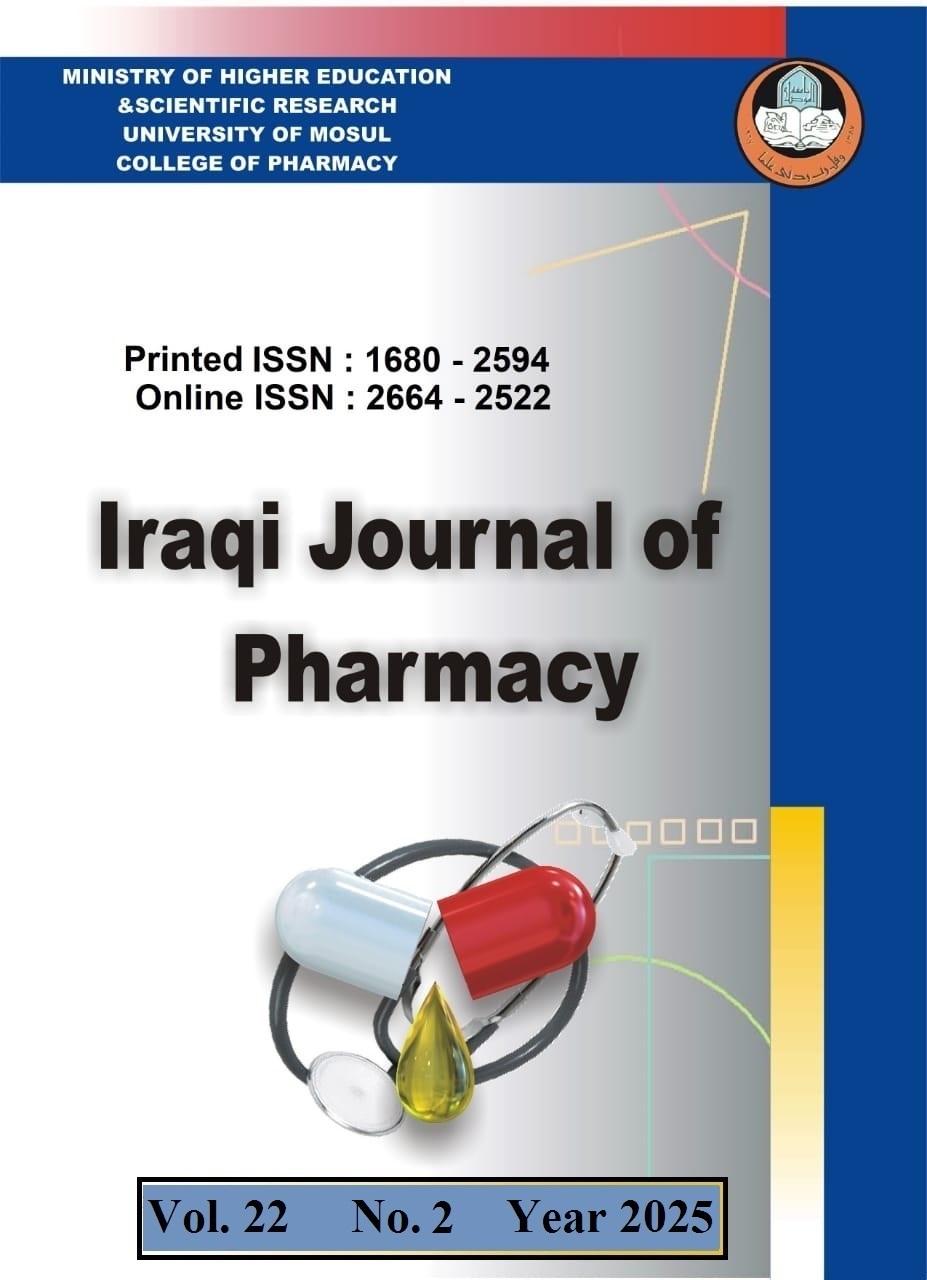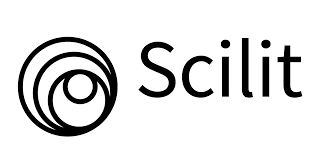Comparative evaluation of the effect of Nigella sativa extracts and nystatin as a traditional drug on Candida albicans in the primary school students in Mosul and Tikrit cities.
Abstract
Objectives: To detect and compare the inhibitory effect of Nigella sativa extracts and compare their effects with traditional drugs on Candida albicans.Introduction: The developing microbial resistance to the existing anti-microbial agents has become a real challenge and a serious problem. Seeds of Nigella sativa have been used for a long time in folk medicine for the treatment of such infections. Production of new potent agents is urgently needed, especially for hospitals and health centers. Therefore, the antifungal effect of aqueous and alcoholic extracts of the seeds against Candida albicans from primary school students were investigated. Materials and Methods: The in vitro antifungal effect of the extracts at a concentration of (10, 15, 20, 25, 30, 35, 40)mg ml on C. albicans isolated was assessed and compared with traditional drug, nystatin using agar diffusion assay.Results: The aqueous extract did not show any inhibitory effect against the isolated Candida. The alcoholic extract indicated significant inhibitory effect. nystatin show inhibitory effect higher than alcoholic extract at a concentration 40 mg ml.Discussion: The results of this study revealed clear potentiality of N. sativa as a source for antifungal drugs and support its use in folk medicine for the treatment of fungal intestinal infections. This finding warrants necessity of further investigation of this product of folk medicine.








